Introduction
Greetings to all who are intrigued by the world of radio communication! Today, we're embarking on an insightful exploration into the interesting aspects of the Talkpod A36 Plus. We will focus our discussion around two key features: the Dual Push-to-Talk function and its exceptional frequency scanning capabilities.
Dual Push-to-Talk Functionality
To start with, are you aware that the Talkpod A36 Plus possesses a Dual Push-to-Talk function? Furthermore, it is armed with an excellent frequency scanner. If your intention is to join a network or locate a specific frequency, all you need is to be in proximity to the radio and activate the scanner, it'll identify the corresponding frequency along with its Squelch Mode, be it CTCSS or DCS.
Configuring via CPS Software
These two features can be observed within the CPS software of the Talkpod A36 Plus. It is crucial to read data from the device before any attempts to modify it, a point we, like others, cannot stress enough. Upon altering the data, we realized that there aren't any settings related to the top button within the "optional features" in the software. Intriguingly though, once we switched over to Chirp software, we could locate the settings for the top button.
Practical Use of Dual Push-to-Talk Functionality
What's most fascinating for us are the options to set up Dual Push-to-Talk. There exist subtle variations among these options, for instance, under SC Short, you have the ability to switch to monitor mode, conduct searches, and even carry out other operations such as radio relay.
Scanning Function
Equally potent is the scanning function. With a simple long press of a button, the radio automatically commences a frequency search within the UHF range. This function allows you to swiftly identify frequencies and Squelch Settings of nearby devices, be it DCS or CTCSS.
Conclusion
Please be mindful that these features might be subject to radio regulations and licensing requirements, so it's essential to comply with all pertinent laws while utilizing them. However, under certain circumstances, these functionalities can prove to be extremely handy. For instance, if you're monitoring two channels and want to engage in two conversations simultaneously, or if someone approaches you for assistance in identifying the frequency and modulation of their device, these features can be quite useful.
That sums up our exploration of the two features of the Talkpod A36 Plus for today. I hope you've found this delve insightful, and if you enjoyed it, stay tuned for more updates. Looking forward to bringing more interesting information about radio devices in our future explorations. Thank you for reading, and have a great day!

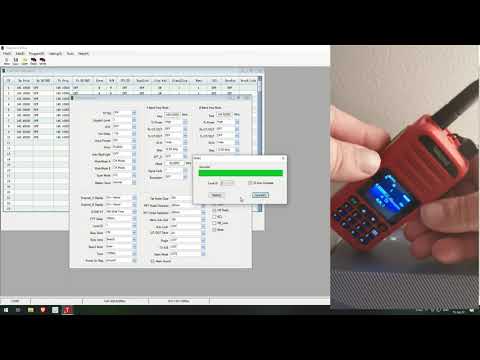

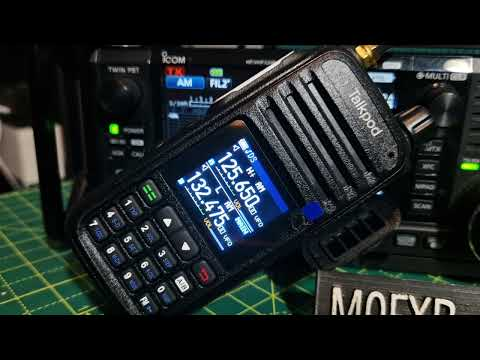
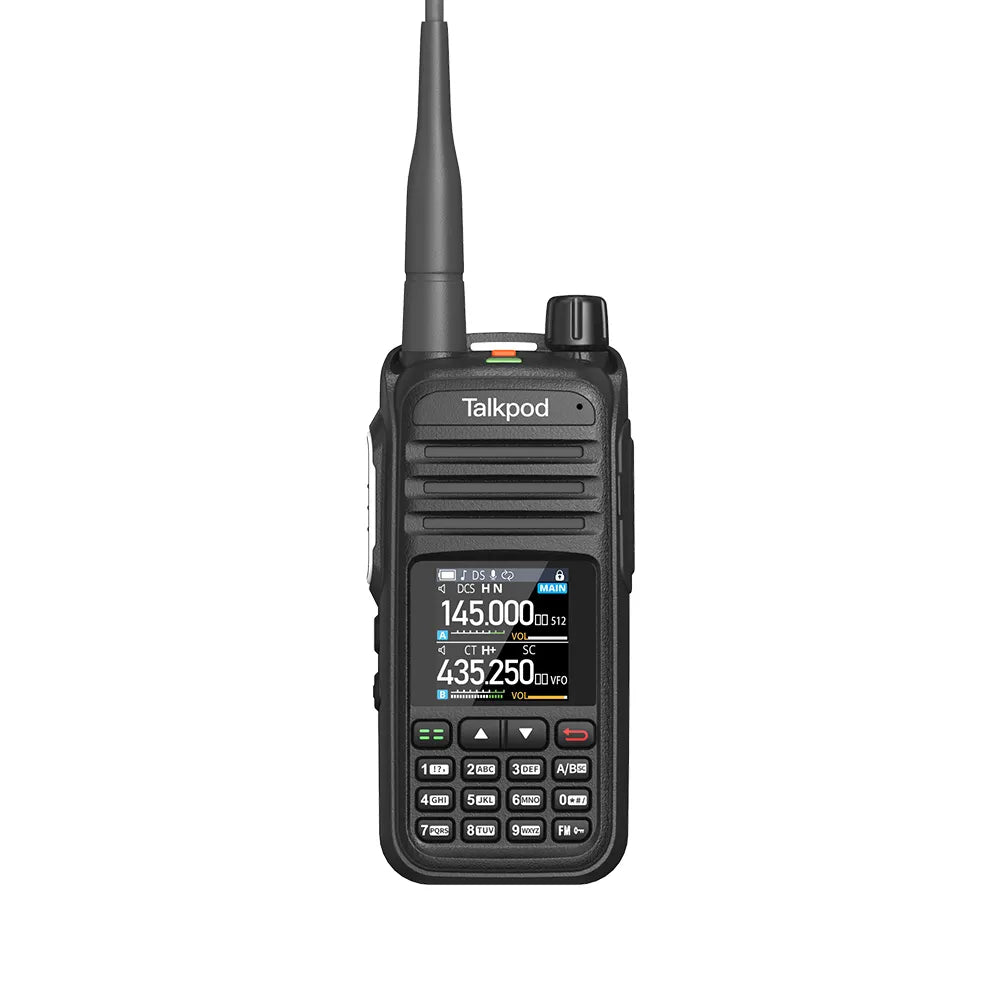
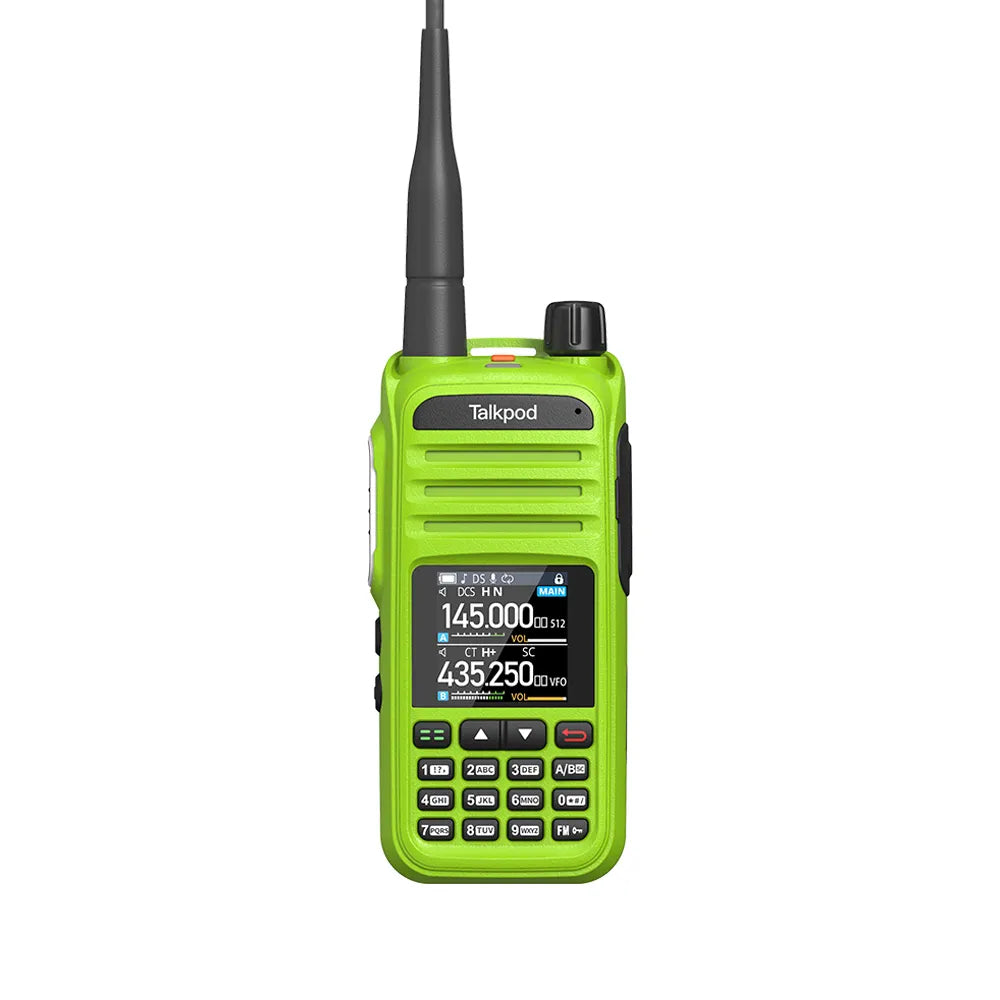
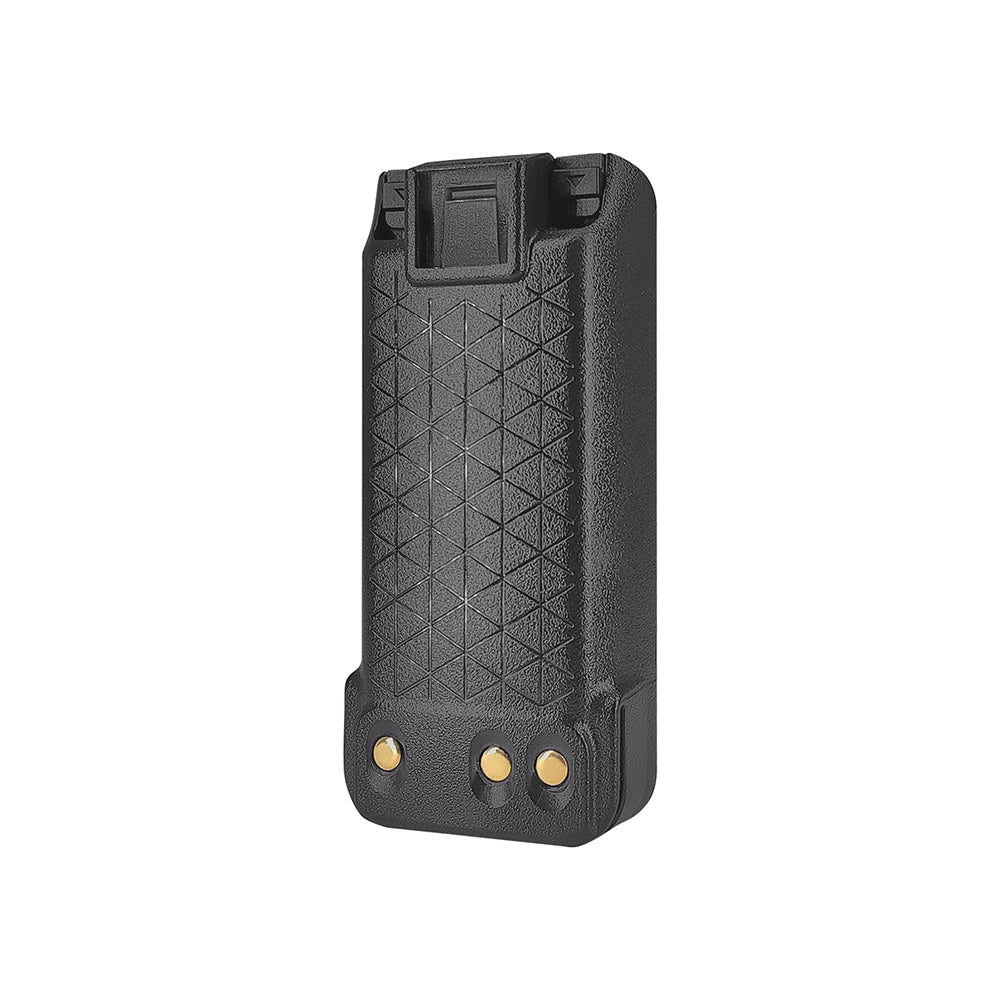
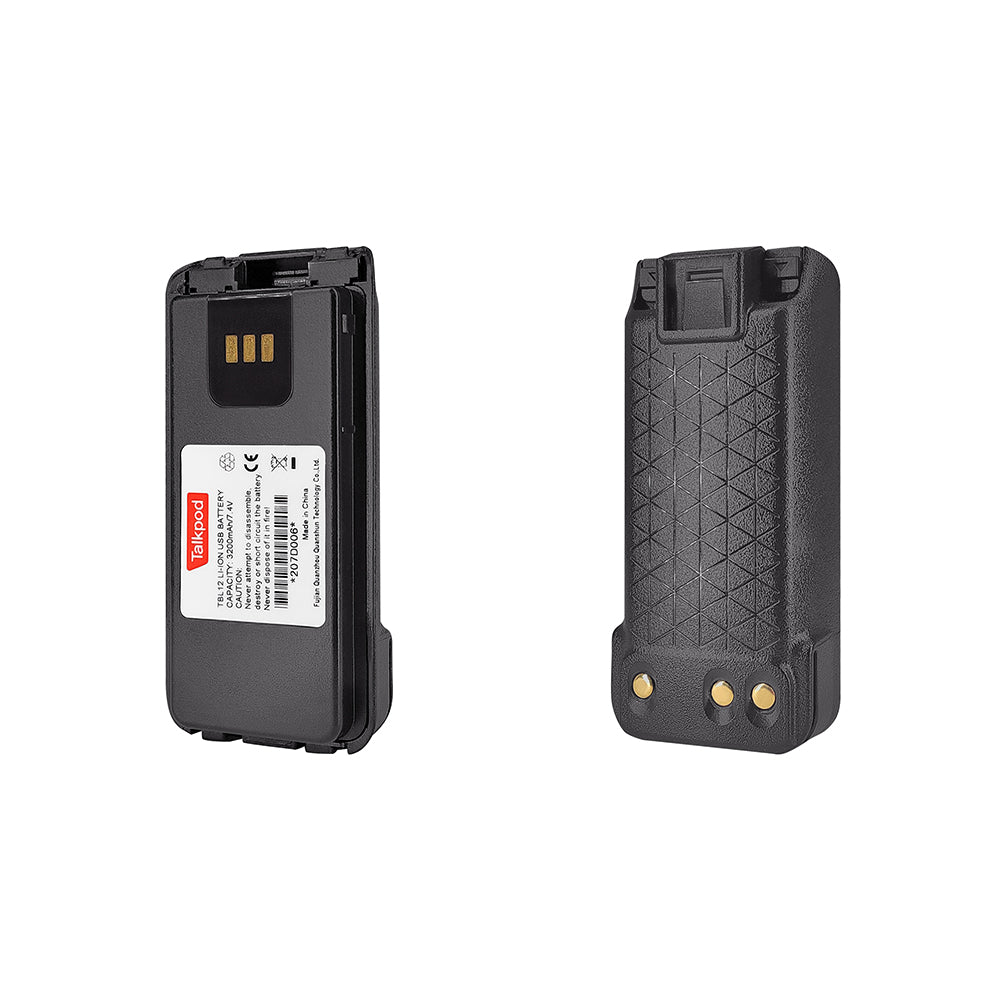
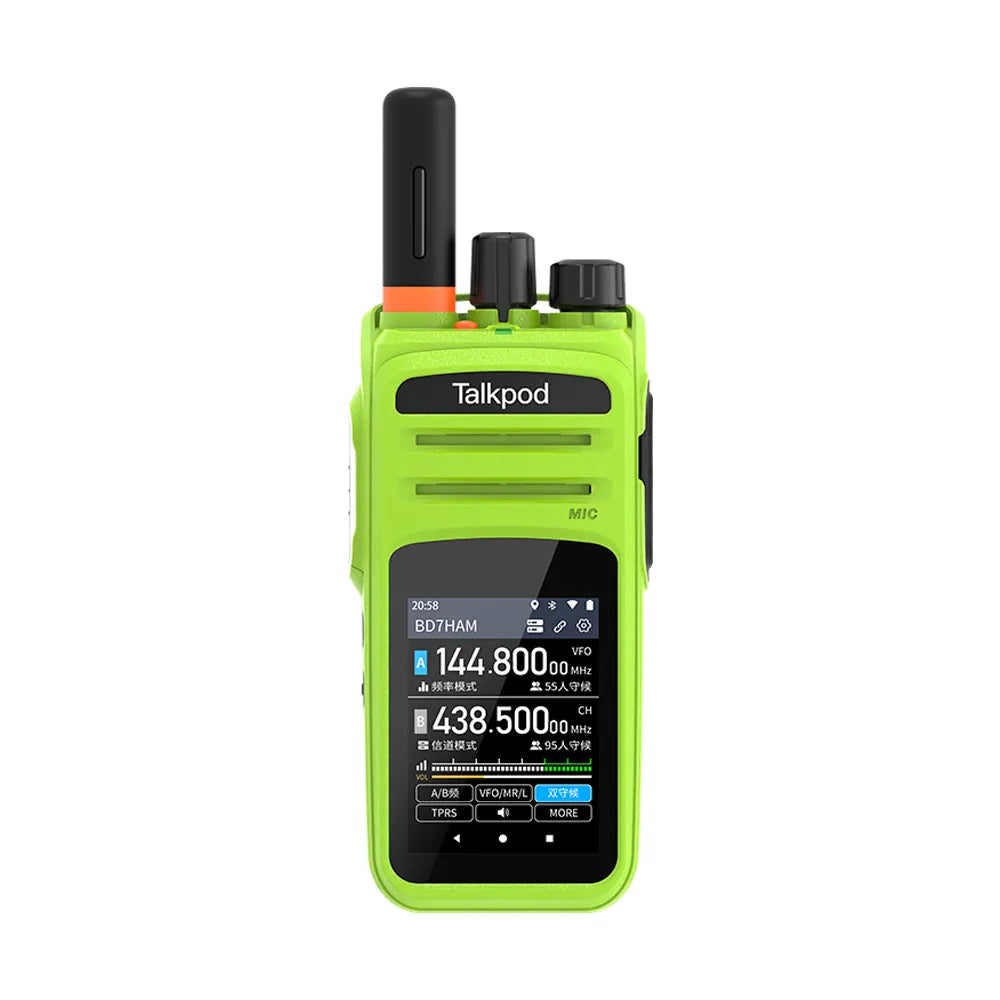
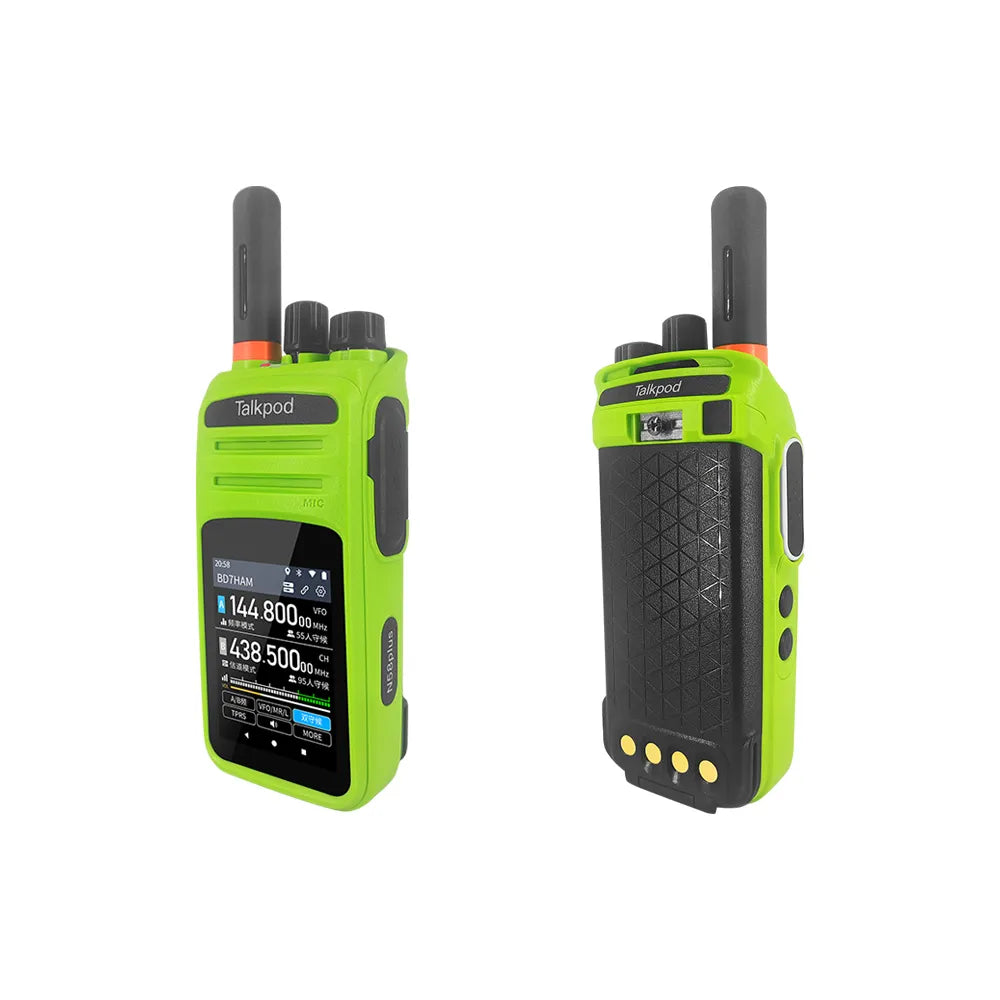
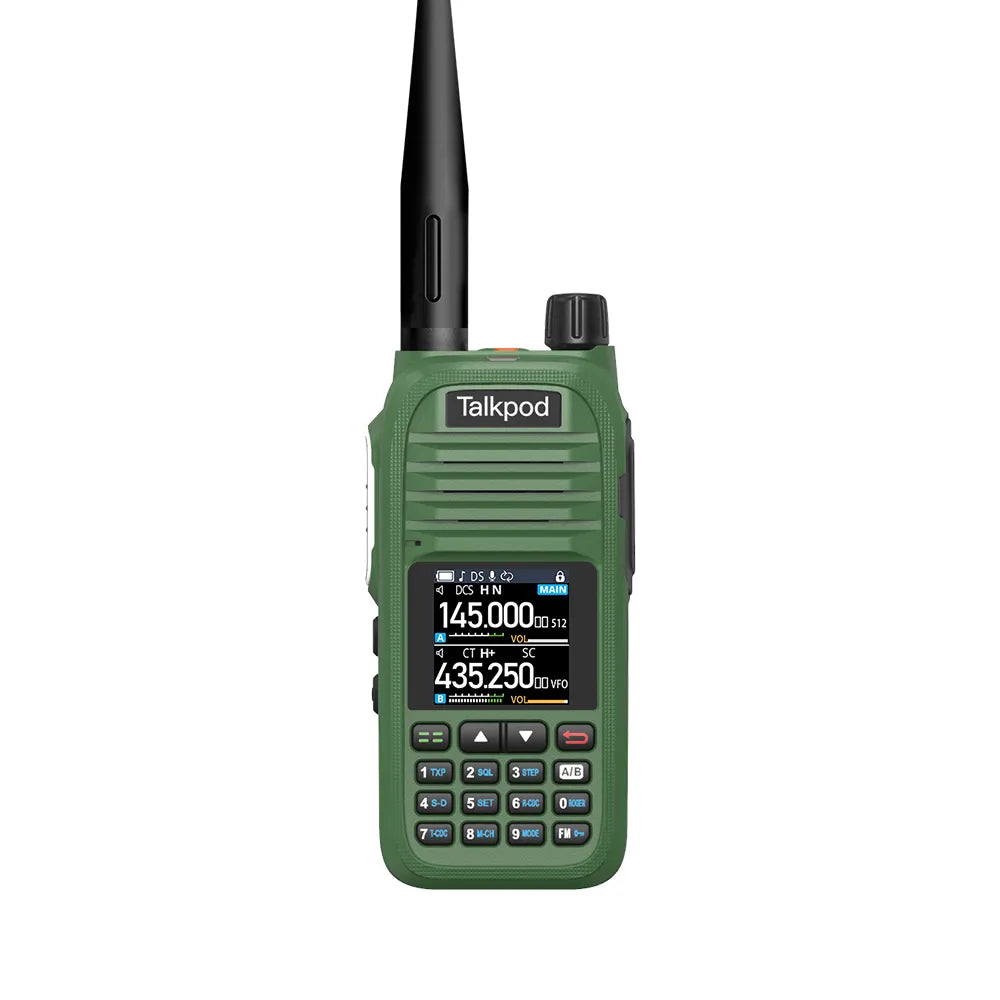
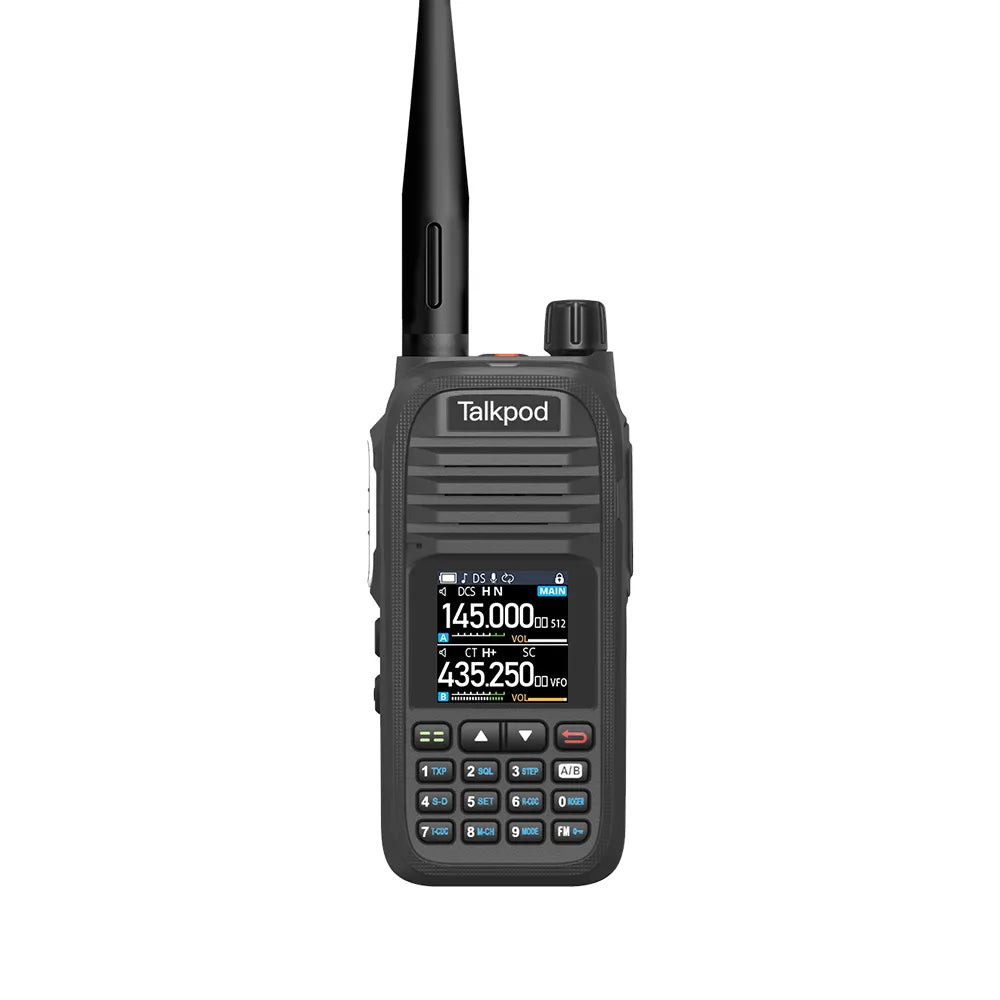
Leave a comment
All comments are moderated before being published.
This site is protected by hCaptcha and the hCaptcha Privacy Policy and Terms of Service apply.